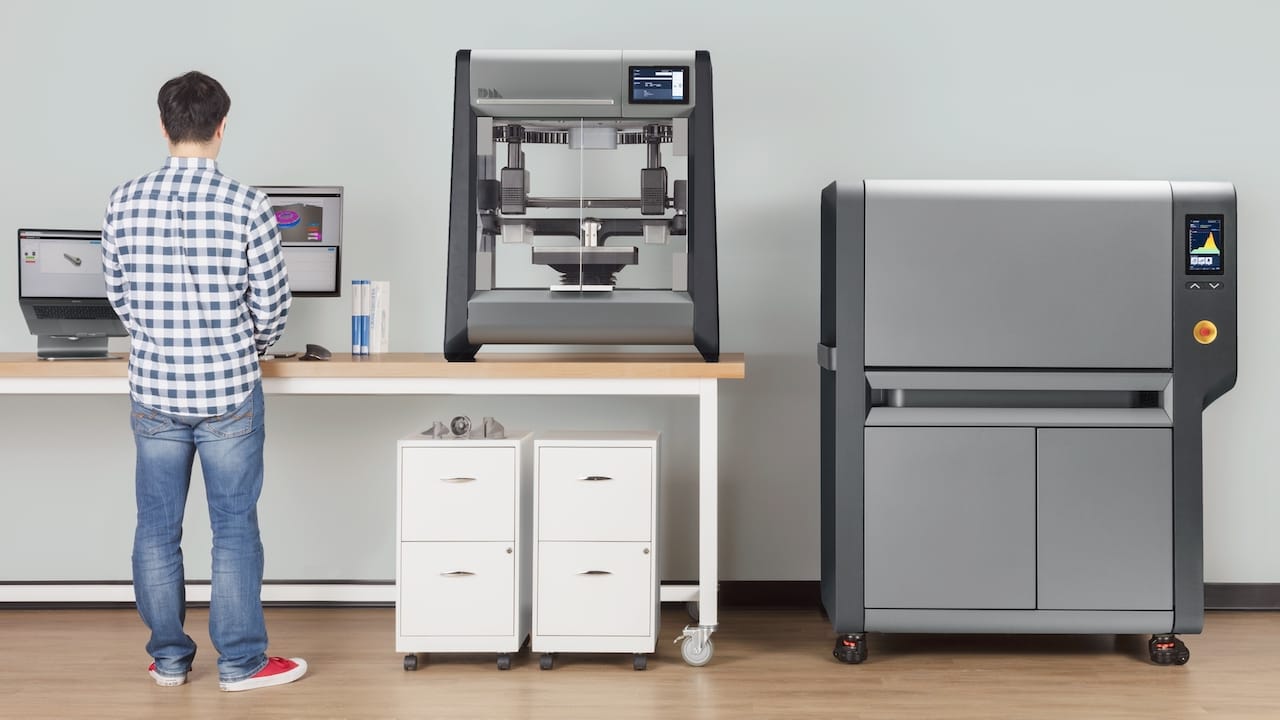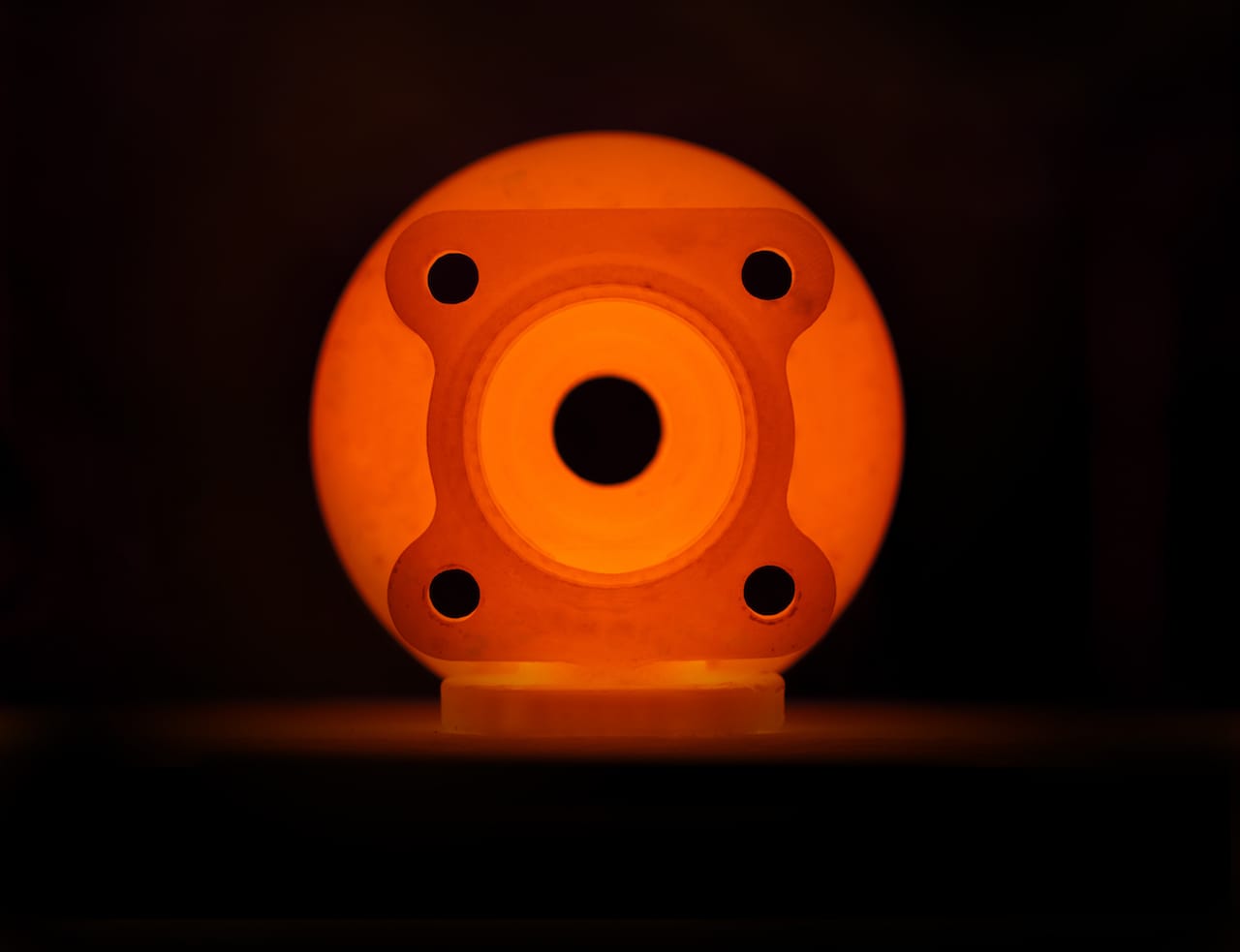
Yesterday Desktop Metal finally unveiled not one, but two startling 3D metal printers. One of them is the Studio.
Metal 3D printing has been around for many years, but until very recently it has been a very expensive process affordable by only the largest companies. Even outsourced 3D metal printing from service bureaus was out of reach for smaller companies as the bureaus used the same expensive equipment and had to charge back for it.
This year Desktop Metal, and a few other startups in the works are set to dramatically disturb the financial equation of 3D metal printing by reducing costs significantly. Yesterday’s announcement of Desktop Metal’s Studio system is a ground breaker.
To put this in perspective, I must explain first what one must do to use traditional 3D metal printing equipment. To have such an operation you must:
- Acquire the printers themselves, typically around USD$500K or more
- Purchase expensive custom-designed fine metal powder as print material
- Build an air-tight print room with procedures to ensure safety due to potential powder exposure
- Acquire powder management equipment and software
- Connect the equipment to pricey three-phase power
- Acquire a wire EDM machine to slice metal 3D prints off print plates
- Acquire multiple machines to post-process the 3D print, including large multi-axis CNC milling machines
- Acquire and train an expert staff of engineers who can carefully design print jobs to avoid thermal problems during printing
Whew! That’s a lot of setup, and you’ll have to pay for the ongoing upkeep of the above as well.
In other words, 3D metal printing is fantastically expensive. This has relegated use of the technology to only areas where high cost parts are acceptable, such as aerospace, automotive and a few other industries.
Now Desktop Metal’s two machines are set to break through this barrier. The Studio system is designed as a complete prototyping system, including all pieces of equipment and a wide selection of metal materials, too.
What’s mind-blowing about this product is that it is literally designed for office use! Previous 3D metal printers were the domain of well-equipped workshops, not around the corner from your cubicle. Here’s what Desktop Metal did to make the Studio office friendly:
- No hazardous powders
- No respirators
- No external ventilation
- No 480V 3-phase power
- No stress relief
- No welded supports
- No special facilities
- No dangerous lasers
- No 3rd party equipment
- No dedicated operators
They’ve eliminated virtually all of the problematic elements of traditional 3D metal printing in one system.

The associated furnace unit, which is used to sinter “green” parts that emerge from the printing unit, is capable of hitting 1400C, but can sit beside you in your office. They employ easy-swap gas cylinders to fuel the furnace, which by the way is intelligent and can execute an ideal heating profile for any of the specified metal materials.
And that’s the other thing: the Studio uses hybrid rods as material, made from mostly metal, but also temporary binder. It’s not clear which materials are going to be available for the Studio, but it seems they intend on marketing rods containing a wide selection of standard metal injection molding materials. That’s an awful lot of choice for someone prototyping a metal part.
And that’s exactly what this product is about: enabling safe, reliable 3D metal printing IN AN OFFICE for those prototyping metal parts. It’s almost the ideal solution for a metal prototyper, at least on paper. We’ll see how well the machine works as they emerge in the marketplace.
What this means is that for the USD$120,000 we will soon see a great deal more 3D metal prototyping take place as it has become much more accessible. And prototyping means engineers and designers will discover, invent and create things of which we cannot yet dream.
The cascade of new prototypes will be the parts for our future machines and could drive us toward a far more 3D printed 21st century.
Via Desktop Metal

